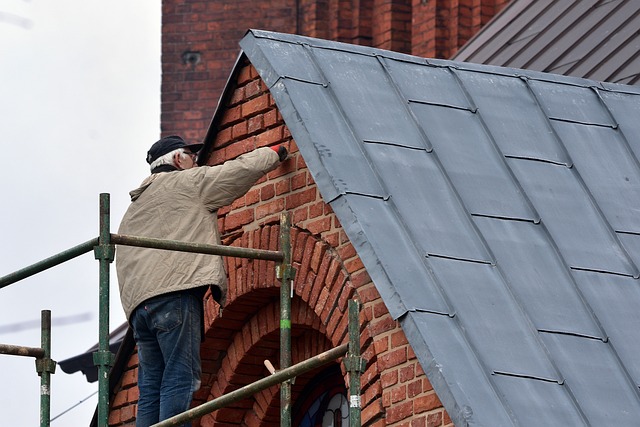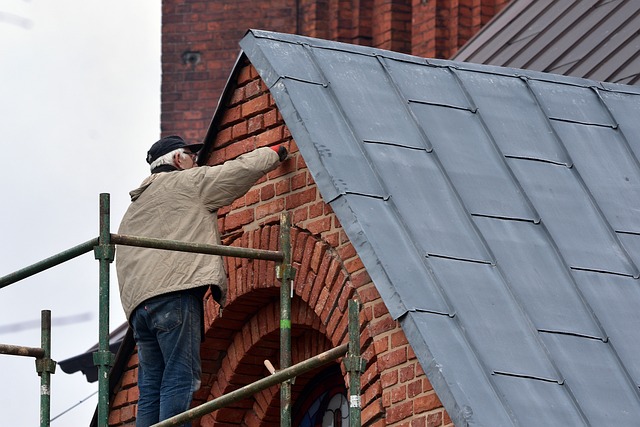5 Mistakes to Avoid When Renovating Your Basement
Avoid these five common mistakes when renovating your basement to maximize its value, functionality, and aesthetic appeal.
Renovating your basement can add significant value to your home and increase your usable living space. However, it’s easy to make costly mistakes without proper planning and foresight. A basement renovation is unique, with distinct challenges that differ from other areas of the home due to issues like moisture, lighting, and ventilation. Here, we’ll walk you through five common mistakes that homeowners make when renovating their basements, so you can avoid them and create a space that’s both beautiful and functional.

Mistake #1: Neglecting Moisture Control and Waterproofing
Moisture is one of the most significant challenges in any basement renovation. Basements are prone to humidity, leaks, and even flooding, and ignoring moisture control can lead to future issues like mold, odors, and damage to furniture and walls.
How to Avoid This Mistake:
Before starting any major work in your basement, invest in moisture assessment and waterproofing solutions. Begin with a thorough inspection, ideally done by a professional, to identify any cracks in walls or floors, leaking windows, or poorly sealed doors. Once identified, address these issues by sealing cracks, installing sump pumps or French drains, and applying waterproofing coatings to walls and floors. You might also consider installing a dehumidifier as part of your long-term moisture management plan.
Pro Tip: Install a vapor barrier before framing walls to create an extra layer of protection. This simple measure can make a huge difference in preventing moisture from seeping in.
Mistake #2: Poor Planning and Layout Design
Unlike rooms on the main levels of your home, a basement has unique structural elements like support beams, low ceilings, and utility systems (water heaters, HVAC units, etc.). Poor planning can lead to a cluttered or awkward space where functionality suffers.
How to Avoid This Mistake:

Invest time in creating a detailed layout plan that takes into account the space’s purpose and limitations. Are you building a cozy family room, a home gym, or a guest suite? Each function will influence the design decisions you make. For example, a home gym might need reinforced flooring for heavy equipment, while a guest room requires appropriate privacy and perhaps a bathroom. Plan around any existing elements you can’t change, like low ceilings, exposed pipes, or HVAC systems, and try to work them into the layout in a way that feels intentional.
Pro Tip: Consider hiring a professional designer who specializes in basement renovations. Their expertise can help maximize your basement's potential and ensure every inch is used efficiently.
Mistake #3: Insufficient Lighting Choices
Basements naturally have limited natural light, and relying solely on overhead lights can make the space feel dim and uninviting. Poor lighting can detract from the comfort and functionality of your basement.
How to Avoid This Mistake:
Layer your lighting to create a warm, welcoming atmosphere. Include a mix of ambient, task, and accent lighting. Recessed lights are excellent for general lighting without taking up visual space, while track lighting can highlight specific areas, such as a bar or game table. Table lamps, floor lamps, and wall sconces can also add warmth to darker corners and make the basement feel cozier.
Pro Tip: Consider adding dimmer switches for adjustable brightness, allowing you to control the ambiance depending on the use of the space. For areas like home theaters or cozy family rooms, softer, dimmable lights can add a touch of luxury.
Mistake #4: Overlooking Insulation and Climate Control
Basements are often colder and more humid than the rest of the house due to their location below ground. Neglecting insulation and climate control can leave the space feeling uncomfortable year-round, which may discourage family and guests from spending time there.

How to Avoid This Mistake:
Proper insulation is crucial for maintaining a comfortable temperature and reducing the risk of moisture-related problems. Insulate not only the walls but also the floors and ceiling. Choose moisture-resistant insulation options like closed-cell spray foam, which provides excellent thermal protection and acts as a vapor barrier. Once insulation is installed, consider integrating climate control solutions. Extending your home’s HVAC system to the basement, or adding standalone options like a ductless mini-split, can keep the basement comfortable in both winter and summer.
Pro Tip: Consider heated flooring if you’re using hard surfaces like tile or concrete. It can add a luxurious touch and make a huge difference in the space’s comfort level, particularly during colder months.
Mistake #5: Not Accounting for Code Compliance and Permits
Skipping necessary permits or overlooking building codes can be costly in the long run. If you plan on adding elements like a bathroom, bedroom, or kitchenette, there are specific requirements you need to meet for safety and compliance. Failing to do so could lead to fines, delays, or issues if you ever decide to sell your home.
How to Avoid This Mistake:
Check your local building codes and permit requirements before starting your renovation. This step might feel like an extra hassle, but it’s crucial for ensuring your basement is safe and up to standard. For instance, bedrooms typically require egress windows for emergency exits, and electrical and plumbing work may need to be done by licensed professionals. Working with experienced contractors who understand local regulations can streamline the process and give you peace of mind.
Pro Tip: While hiring professionals might seem more expensive initially, they can help you navigate permits and codes efficiently, avoiding the risk of costly mistakes down the road.
By carefully planning each aspect of your basement renovation and avoiding these common pitfalls, you can create a space that’s both beautiful and practical, adding valuable square footage and enhancing your home’s appeal.

